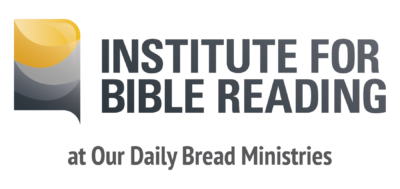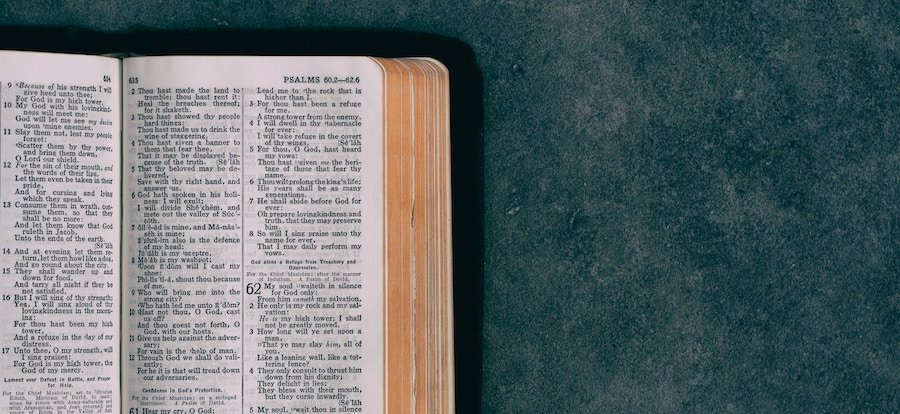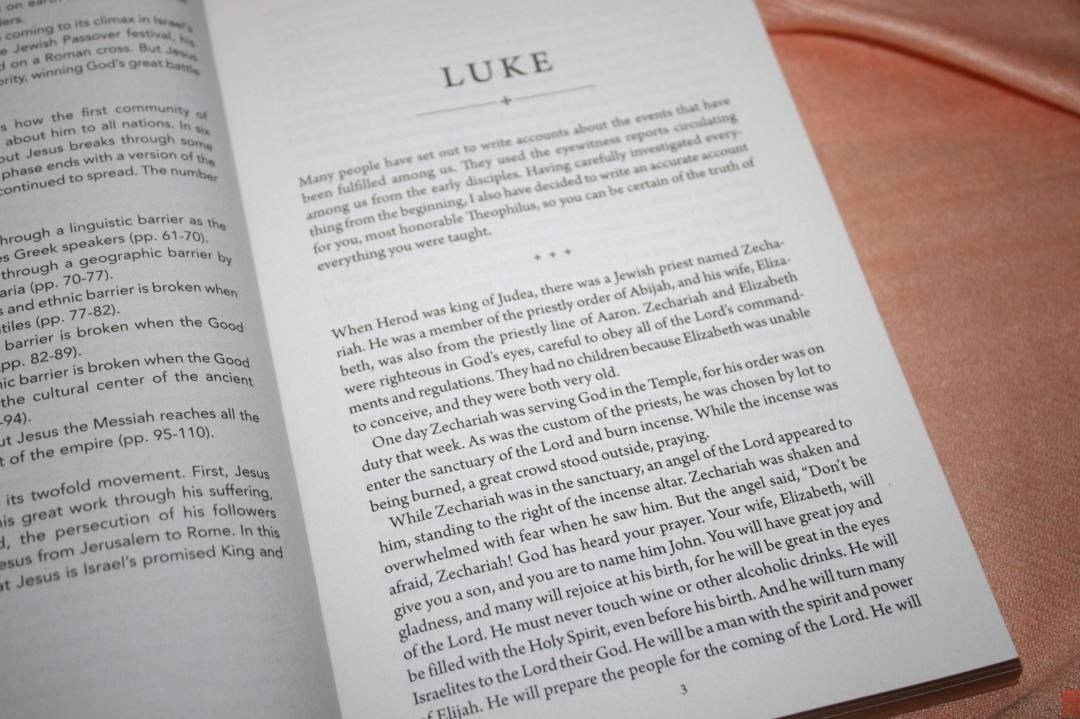Update: The Institute for Bible Reading has created Immerse, a Bible without any chapters, verses, or other modern additives. Click here to learn more.
When it comes to reading and studying the Bible, chapters and verses feel about as essential as the steering wheel of a car. We wouldn’t quite know what to do without them. They give our Bibles a structure we can grasp. They make things easy to find and they break down long passages into manageable, relatively uniform chunks. It’s hard to imagine a Bible without chapters and verses inside.
But where did they come from? Surely the Apostle Paul didn’t write his letters with chapters and verses. Why were they added? And what unnoticed impact are they having on how we read the Bible?
A Recent Innovation
Many people are unaware that the chapter-and-verse system is only about 500 years old. Archbishop Stephen Langton created the chapter system we’re familiar with in the 13th century, simply because he was writing a Bible commentary and needed a way to reference more specific portions of Scripture. Similarly, French printer and scholar Robert Estienne added verse numbers in the 16th century. His reason? He was creating a Bible concordance, so he needed a way to reference even smaller portions of passages – a sentence or two at a time.
Shortly after these numbering systems were conceived, somebody made the decision that they should be a standard feature in all Bibles. Thus, a book made for reading was turned into a book made for referencing. One of the first Bibles produced on the printing press, the Geneva Bible, turned each verse into a separate paragraph, obliterating any sense of continuity within the literature and setting the table for the volleys of verses hurled back and forth during the theological debates of the Reformation.
An Unhelpful Innovation
It would be unfair to claim that chapters and verses are 100% harmful. They can certainly be helpful in many ways, especially in helping us reference specific portions of Scripture. But because every Bible we’ve ever had since the 1500’s is a chapter and verse Bible, many of us don’t realize the ways in which the format actually makes reading harder.
For starters, many of the biblical authors intentionally conveyed meaning through how they structured books, and we miss that natural structuring with a uniform chapter-based scheme. Matthew’s gospel, for example, does not have 28 chapters. It has 5 natural sections, which Matthew intentionally crafted to show his Jewish audience that the gospel of Jesus was a new Torah. The Torah of course has 5 books.
The book of Acts has 6 natural sections, each of which ends with some iteration of the phrase, “…and the word of the Lord continued to spread and flourish.” The number 6 in the Bible represents incompleteness or imperfection, and is always in striving toward 7, the number of completeness. The book is crafted with 6 sections to signify that the work of spreading the gospel is incomplete. It is the responsibility of those following the acts of the apostles – followers of Jesus in future generations – to be the 7th “section” of Acts.
To learn more about the history of chapters and verses and their impact on reading, listen to Chapters, Verses, and the Impact of the Modern Bible
Chapters and verses also make it much more difficult to follow an author’s thought process. Many of us see chapter breaks as good stopping points in our reading. It makes sense – when we read a biography or a novel the end of a chapter often signals a good place to stop. Bible chapters, however, are often totally ignorant of the story’s plot or the author’s thought process. In fact, the very first chapter break in the Bible at Genesis 2 comes three verses before the end of the opening song of Creation!
Finally, chapters and verses make it all too easy to grasp onto tiny Scripture nuggets and use them for our own purposes without considering the wider context. How often do we see Philippians 4:13, Jeremiah 29:11, and many others displayed in social media memes, completely misused and out of context? Many people craft entire theologies and worldviews around a set of verses that seem to support what they believe.
Moving Forward, Looking Backward
Chapter-and-verse Reference Bibles can still play an important role in helping people engage Scripture, but they need to be accompanied by a new genre: Reading Bibles. These additive-free editions of Scripture are a return to what the Bible used to be, made for at-length reading using the natural book structures the authors originally included.
Having a Bible created for reading rather than reference will not only make reading the Bible more enjoyable, it’ll uncover things you’ve never seen before and allow you to experience the Bible in a different way. Many people report getting “lost in the story” when they are able to just read without interruption.
There are a couple reading Bibles that can get you started. Our top recommendation is Immerse: The Reading Bible, which we created in partnership with Tyndale House Publishers. The Books of the Bible from Biblica and Zondervan and the ESV Readers Bible from Crossway are also good options. If you know of any others, leave a comment below!
To read more on the idea of Bibles without chapters and verses, check out “After Chapters and Verses” by Christopher Smith and “Saving the Bible From Ourselves” by Glenn Paauw.




